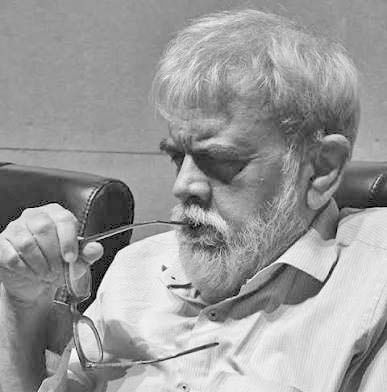A Leader at 75: Celebrating PM Modi’s Journey
- Parikshit Dhume

- 2 days ago
- 3 min read

As Prime Minister Narendra Modi turns 75, the nation joins in celebration of not just a personal milestone but a historic era of change, progress, and renewed self-belief for India. His journey, from humble beginnings to the highest office of the world’s largest democracy, continues to inspire millions. Over the last 11 years, Modi’s leadership has left an indelible mark across every sphere of national life—economic reforms, social empowerment, national security, cultural revival, and global diplomacy.
This occasion provides an opportunity to reflect on the extraordinary transformation India has witnessed under his stewardship and to look forward with hope to the path ahead.
Economic reforms
In 2014, when Narendra Modi first assumed office, India was at a crossroads. His government immediately focused on stabilizing the economy, rooting out inefficiencies, and creating a framework for sustained growth. The Goods and Services Tax (GST) unified India’s fragmented tax regime into one common market—something that had eluded policymakers for decades.
The Make in India and Atmanirbhar Bharat initiatives have encouraged domestic manufacturing, fostering innovation and entrepreneurship. India is today among the world’s top destinations for foreign direct investment, a reflection of the confidence global investors place in its economy.
Meanwhile, projects such as Digital India have transformed governance and commerce. From small shopkeepers to multinational corporations, digital payments and e-governance platforms are now the backbone of economic life. Millions who were once excluded from the financial system have gained access to banking through the Jan Dhan Yojana, symbolizing Modi’s belief that economic growth must be inclusive.
Social Empowerment
Prime Minister Modi has often said that true progress is measured by the dignity it brings to the common citizen. His social programs reflect this principle.
The Swachh Bharat Abhiyan, launched in 2014, changed not just sanitation practices but also social attitudes, with millions of rural households receiving access to toilets for the first time. The Ujjwala Yojana replaced smoky chulhas with clean LPG connections, directly improving the health of women and children in poor households.
Healthcare was revolutionized with Ayushman Bharat, the world’s largest public health insurance scheme, which has given millions of families financial protection and access to hospitals. Meanwhile, initiatives such as PM Awas Yojana and 100% rural electrification brought basic dignity and comfort to the poorest citizens.
These programs showcase Modi’s philosophy of turning welfare into empowerment—giving people not just assistance, but opportunities to build a better life.
National security
India’s standing as a strong and secure nation has grown significantly under Modi’s leadership. His government has modernized the armed forces, accelerated defense procurement, and invested in indigenous defense production.
When faced with cross-border aggression, Modi has displayed decisive resolve, as seen in the surgical strikes of 2016 and the Balakot airstrikes of 2019. These actions sent a strong message that India would not hesitate to defend its sovereignty.
Infrastructure along sensitive border regions has also been strengthened, ensuring preparedness and security in a rapidly changing geopolitical environment.
A strong global voice
On the international stage, Narendra Modi has repositioned India as a key player in shaping global conversations. From hosting the G20 Summit to leading the International Solar Alliance, his diplomacy has highlighted India’s role as both a rising power and a responsible global leader.
His ability to forge strong personal relationships with world leaders has elevated India’s profile. At the same time, his insistence on being the “Voice of the Global South” has ensured that the concerns of developing nations are heard at the highest global forums. Today, India is seen as a bridge between East and West, North and South—a nation confident in its identity yet open to global partnerships.
Cultural pride
Alongside economic and political transformation, Modi has spearheaded a renaissance of India’s cultural and civilizational identity. His government has promoted Yoga and Ayurveda on the global stage, leading to the recognition of International Day of Yoga by the United Nations.
The completion of the Ram Mandir in Ayodhya, long awaited by millions, marked a milestone in India’s cultural resurgence. Investments in heritage restoration, spiritual tourism, and cultural diplomacy have given India new pride in its timeless traditions.
As Narendra Modi turns 75, his personal journey continues to inspire millions. Happy 75th Birthday, Prime Minister Narendra Modi. May your journey continue to inspire generations and lead India toward an even brighter future.
(The writer is a BJP official based in Thane. Views personal.)





Comments